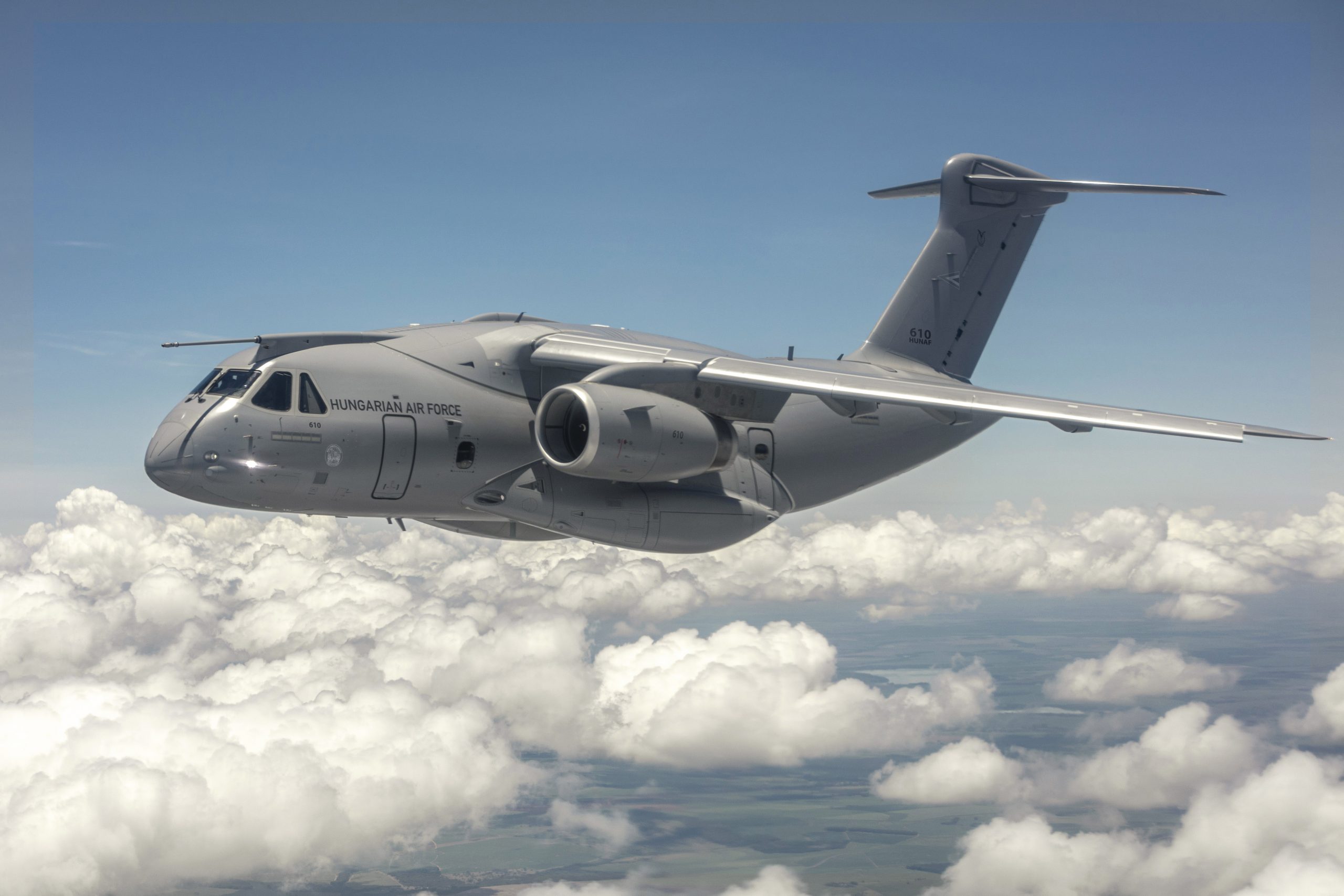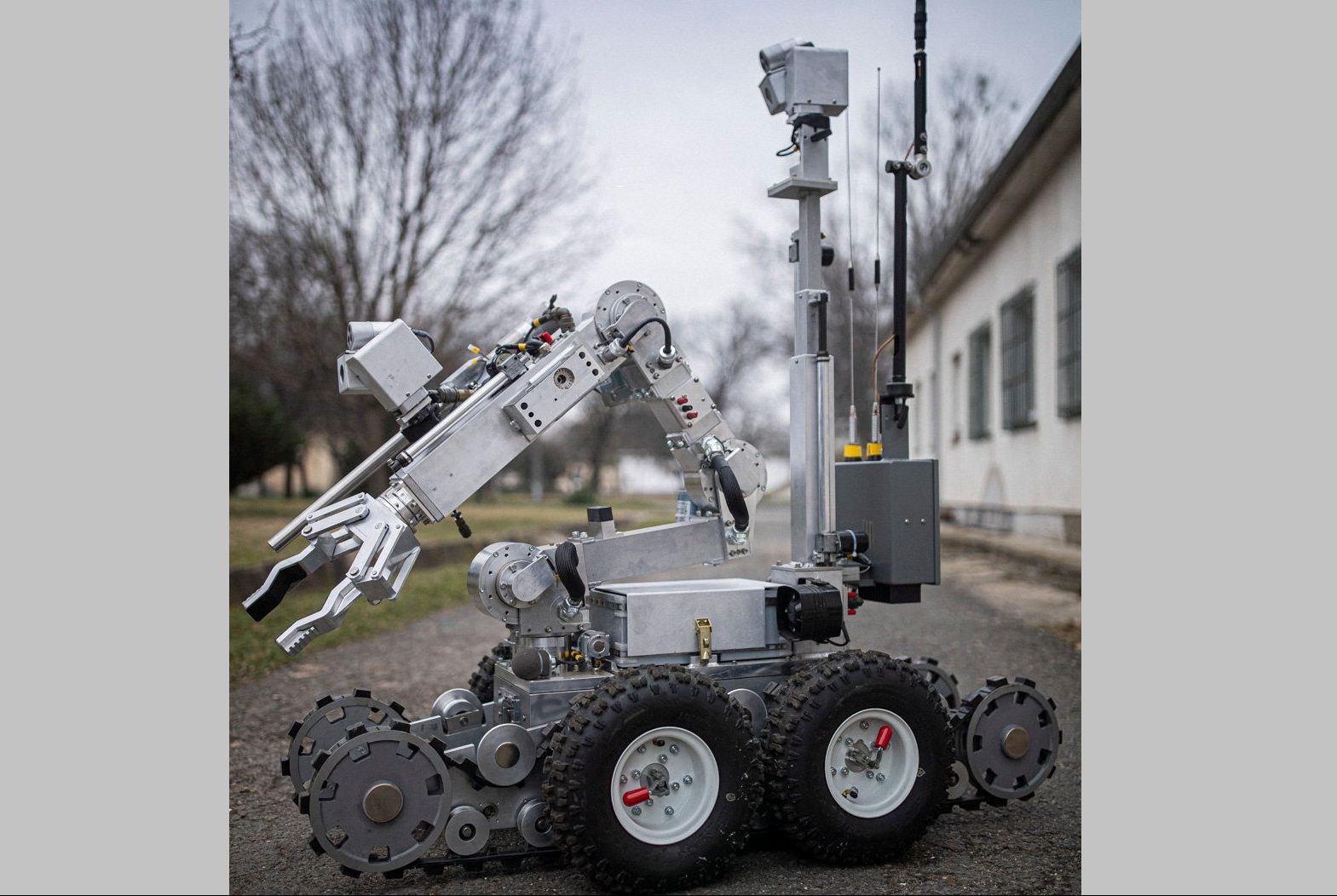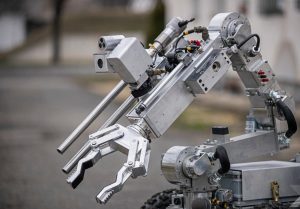
The Hungarian Defense Forces will acquire two Embraer KC-390 Millennium military transport aircraft in 2024.Continue reading

The robotic fleet of the 1st Bomb Disposal and River Patrol Regiment of the Hungarian Defense Forces has been expanded with the latest heavy bomb disposal robot of the REMOTEC factory, the Andros F6B. Honvedelem.hu asked Sergeant Major Lajos Dencsik, a serving bomb disposal officer, about the new technology.
The Sergeant Major said that the new device is an improved version of existing technology, and soldiers underwent training to familiarize themselves with the new functions. Thanks to the improved control technology, in case of a malfunction, the newly built-in limiter system prevents the device from causing damage to itself, and the operators are under less pressure.

Photo: honvedelem.hu
The development allows three new control modes: direct cable control (for setting up on a transport vehicle or moving within a warehouse), and fiber optic and radio remote control for task execution, giving the device an extended range (366 meters of fiber optic cable and 200-1,500 meters of radio control).
The robot’s camera system has also been enhanced: in addition to the fixed front and rear cameras, there are also turret, aiming, and rotating cameras, as well as a thermographic camera.
The latter are of particular importance, according to the Sergeant Major, as the operators can only see a two-dimensional image, so the new “eyes” allow monitoring the execution of a task from several directions.
The main tool of the Andros is the robotic arm with a weight of 100 kilograms and a load capacity of 25 kilograms, which is most often used. It also includes a so-called “raft kit” that can be equipped with various accessories (glass breaker, bag ripper, etc.), as the robot has to cope with several different barriers during deployment.

Photo: honvedelem.hu
The bombs are defused by a special water-jet charge that can be fired from close range, or if the situation requires, from a 120-meter distance to protect the technology.
In addition to the basic caterpillar tracks, the new device is equipped with removable support wheels, so they allow the robot to be deployed in aircraft or bus cabins. Sergeant Major Dencsik stressed that it is important in the operator training that they are familiar with the Andros’ maneuvering capabilities and that they are appropriately used for the terrain of the task, as the success of a deactivation can depend on the approach.

Photo: honvedelem.hu
It is also important for operators to consider the capacity of the batteries, as the robot’s power sources, weighing up to 270 kilograms when equipped, can reach low charge levels more rapidly depending on terrain and weather conditions. On average, one charge can provide three hours of operation.
The maintenance time of the new technology is defined in hours of operation, similar in aviation. All maintenance involves lubrication of moving parts and a complete dismantling and inspection of the robot, the Sergeant Major explained.
Via honvedelem.hu; Featured Image: honvedelem.hu